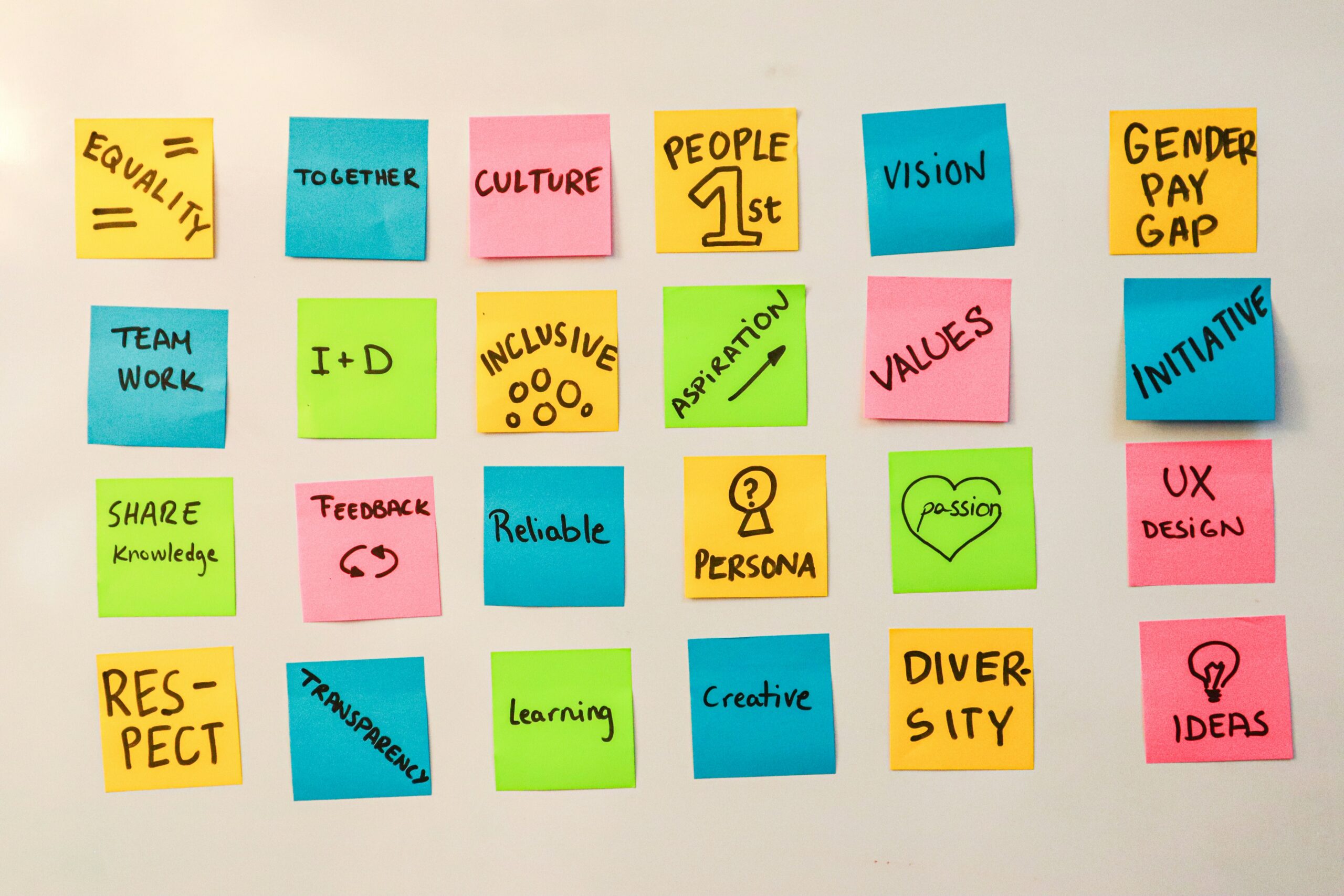Introduction
A company’s culture, like a well prepared meal, permeates and fuels the entire organisation, cascading from its leadership team throughout to its critical mass. Culture is the shared values, practices, and behaviours that make up both the company’s internal and external identity. With a vibrant and nurturing culture, you’ll attract and retain employees, improve employee engagement and overall organisational performance. Alternatively, a weak or even toxic culture will produce high turnover, low morale, and subpar performance. In the Food and Beverage Industry, where innovation and adaptability are key, culture stands out as the cornerstone of sustained success. Leaders are increasingly recognising that a vibrant culture not only shapes identity but is pivotal in determining a company’s ability to thrive in a global competitive market.
In the Food and Beverage industry where flavour profiles and consumer preferences shift rapidly, building a resilient culture is not just a strategy but a necessity. In this blog post, we delve into the Breakthrough way of cultivating a culture that not only fosters success but serves as the catalyst for unparalleled achievements. We’ll explore the early signs of a thriving culture, the challenges encountered in nurturing it, and present a comprehensive roadmap to permeate these invaluable traits throughout your entire organisation.
Identifying Early Signs
Arguably a newer concept, many are still unaware of what a healthy and vibrant organisation actually looks like. We are seeing a trend of leadership teams championing culture as a strategic initiative, emphasising the need to identify early signs of a thriving organisation. These signs serve as crucial indicators of a workplace where collaboration, innovation, and employee engagement can thrive.
- Employee Engagement and Enthusiasm: Your culture has the ability to transform employees into advocates. You’ll see this reflected in increased staff retention, staff curiosity, passion, and pride in their role in achieving overarching company objectives.
- Strong Communication Channels: Open lines of communication, transparency and a culture that encourages two way feedback at all levels is often the foundation of a vibrant culture.
- Alignment with Company Values: Your culture is a reflection of your company’s core values. Therefore establishing or revisiting company values helps align management and employees on a shared code of conduct. A holistic embodiment of these values creates a cohesive and purpose driven environment, where a sense of unity and commitment is fostered within the company.
- High Levels of Collaboration and Teamwork: A positive culture tends to encourage high levels of collaboration within teams and across departments. A diversity in thought is indicative of an environment primed for innovation and productivity.
Challenges in Cultivating a Positive Culture
The Food & Beverage Industry faces many challenges, from a heavy competitive landscape, rising consumer focus on ESG initiatives, and a tight labour market. High absenteeism, a consequence of low employee motivation and engagement, contributes to elevated turnover rates and increased recruitment costs. While the immediate financial repercussions may not be evident, the cost of a poor company culture can result in long term impacts on staff quality, offerings, and competitive reputation.
Post-pandemic, the industry faces a skills shortage, impacting talent attraction and retention from technicians to support staff. Cost-cutting initiatives, often a response to financial challenges, can inadvertently worsen the situation for companies with weak cultures, leading to higher operating costs compared to competitors with engaged cultures.
Overcoming resistance to cultural shifts is a key challenge, particularly in an industry where innovation unfolds slowly. This is largely due to Food and Beverage industry leaders being largely risk averse, and still following the traditional leadership system, anchoring the organisation in the past. Bridging cultural gaps in this global industry requires innovative strategies, especially when teams are geographically dispersed. Innovative approaches to communication, collaboration, and a sense of belonging among remote employees become paramount. Recognising and addressing these hurdles is pivotal for leaders and teams aspiring to build a resilient and vibrant culture.
Roadmap for Cultivating a Vibrant Culture
At Breakthrough, we know that building a vibrant company culture takes time, intentionality and commitment. So below we’ve detailed a strategic roadmap in cultivating and sustaining a good company culture.

Step 1: Leadership Teams must be the Champions of Change
- Identify high-level current cultural issues
- Define expected outcomes
- Set a rough outline of the transformational journey
Assessing your current reality is typically the starting point for organisation. However, without the commitment and championing of leadership teams as role models for this cultural transformation, the objectives set are futile. This separates the great companies from the rest.
Step 2: Assess Your Current Reality
Many leaders employ evaluative strategies to assess their current reality. This includes performance management tools, employee questionnaires, reviewing exit interviews, observations and audits, 1-1s and departmental feedback in general. These gather insights into the prevailing values, communication dynamics, and collaboration levels. This is a foundational step in pinpointing targeted improvements.
Step 3: Redefining Your Core Values
Working backwards from the ideal workplace culture, consider the following questions:
- What values underpin this ideal culture?
- Are our current values in line with that?
- Does our team embody our values?
Establishing and revisiting your company’s core values, serves to bridge the gap between your current and desired culture. An objective and transparent examination of these should be made visible to all organisational levels. It helps identify areas of improvement that need to be reshaped to align with industry dynamics, organisational goals, and resonate with employees. Clear, shared values are the guiding principles in every vibrant culture and forms the foundation of strategic frameworks.
Step 4: Measure, Review and Communicate Continuously
Communication is critical as an ongoing change management process and must be adopted at all organisational levels. Implementing effective strategies and initiatives, helps cascade redefined expectations throughout the organisation and communicates a united cultural vision to all stakeholders.
Your cultural roadmap, like your organisation, should be agile and responsive. As the organisation evolves, it should continuously benchmark progression and adjust strategies accordingly. Conducting company health checks routinely, and assessing the gap between the desired outcomes and current reality, is a key measure of how culture is actualised.
This goes beyond creating a change management template. It is the ongoing investment and commitment into the nurturing and development of your people to meet company objectives.
This roadmap provides an actionable guide for companies to systematically cultivate and embed a vibrant organisational culture. Our Breakthrough insights empower your journey toward building a culture that propels success.
Case Study
JDE: Breakthrough Global was pivotal in transforming the culture of the Jacobs Douwe Egberts (JDE) joint venture between D.E. Master Blenders and Mondelez in 2015. By utilising our 3 Wave cascade approach we were able to establish a new Culture of Pride and Performance. This transformation reached over 2,000 associates globally, fostering enhanced leadership capability, high performance, and associate engagement. Breakthrough’s approach empowered JDE to overcome post-merger challenges, creating a Line of One within their Global Leadership Team and achieving critical mass for sustained transformation across the entire organisation.
Conclusion
The Food and Beverage Industry is subject to many challenges. As a result, cultivating a resilient culture proves indispensable for sustained excellence. It’s important to recognise that a positive ethos isn’t a luxury but a necessity. As leaders, the responsibility to foster a collaborative and innovative workplace rests on you. Successful businesses are increasing their awareness of the early signs. They are dissecting challenges, and then developing a strategic roadmap to aid navigating tactical decision making. Here’s to building enduring cultures that define thriving companies in this ever-evolving industry.








